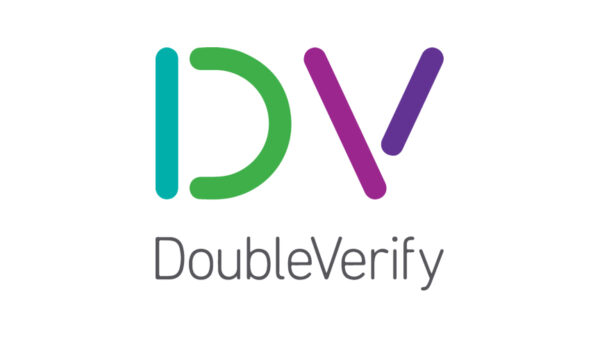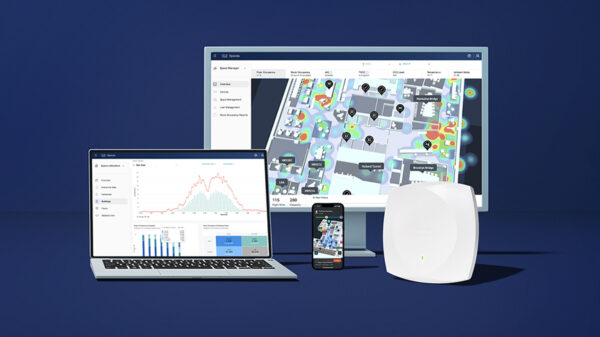The pandemic-driven acceleration of digital adoption and the resulting new agile ways of operating could unlock $5.4 trillion in profitable growth if applied broadly, according to a new report by Accenture.
Accenture’s findings indicate that even amid the current economic uncertainty, a small core of companies —about 7%—have achieved nearly twice the efficiency and three times the profitability of peers. These future-ready companies have doubled-down on digital transformation and retooled operating models, pivoting from incremental improvements to wholesale reinvention.
Based on a global survey of 1,100 senior-level executives and externally validated financial data, the report, “Fast Track to Future-Ready Performance,” assessed the impact of achieving progressive levels of business operations maturity with the highest level being “future-ready.” The higher the maturity, the greater the degree of digital capabilities, such as artificial intelligence (AI), cloud, and data analytics.
“Uncertainty has also put a premium on new, agile ways of doing things, reinforcing the idea that operations can be a catalyst for competitive advantage, transformational value and growth,” said Manish Sharma, group chief executive of Accenture Operations. “But this only works if companies think big— transforming how the work actually gets done across technology, processes and people.
Achieving Future Readiness
Future-ready enterprises transform how work gets done by using rich data for decision-making, augmenting people with artificial intelligence (AI) and employing agile workforce models — with striking differences in digital adoption and operational maturity. The areas they focus on include:
- Cloud: Nine in 10 future-ready organizations (90%) — versus 76% of other organizations — use cloud infrastructure at scale, and 78% are also exploring new areas to scale and maximize value.
- Machine Intelligence: With a focus on augmenting people with technology, 71% of future-ready organizations have fully adopted AI and data science capabilities — an 18-fold increase from just 4% three years ago — and 38% now scale AI practices, compared with just 3% of other organizations. That number is growing, with 63% of future-ready organizations expected to scale AI practices by 2023.
- Automate at Scale: Two-thirds (67%) of future-ready organizations have adopted end-to-end digital processes and 58% continue to scale leading practices, compared with 32% and 6%, respectively, of other organizations. Four-fifths (82%) are expected to scale leading practices by 2023.
- Smarter Data: Future-ready organizations are more than 10 times as likely as other organizations (52% vs. 5%) to use analytics at scale—paired with better, more diverse data sets (45% vs. 6%)— to generate actionable insights and inform decision-making. Three-fourths (75%) are expected to use analytics with diverse data by 2023.
- Agile Workforce: One-third (34%) of future-ready organizations have adopted an agile workforce strategy at scale, compared with just 4% of other organizations, enabling them to tap into an expanded talent pool among ecosystem partners to mobilize special talent as needed. Accenture estimates 71% will adopt an agile workforce strategy by 2023.
“Future-ready organizations know that it’s about maximizing talent in an era when people are critical to success,” Sharma said. “They’re harnessing change by retooling operating models in ways that capitalize on human ingenuity and machine intelligence to transform the way people work and the business performs.”
Organizations are currently on different levels of operations maturity in all industries. The findings indicate the percentage of future-ready organizations in insurance (10%) and high tech (9%) are generally higher than other industries. However, as the pandemic forced unprecedented digital acceleration, Accenture forecasts some industries will leap ahead by 2023—with automotive (48%), insurance (42%) and banking (37%) expected to emerge as front-runners in future readiness.
By assessing what Accenture calls “transformational value” — a concept that factors in financial performance and the differentiated experience delivered—the research found future-ready organizations achieve average efficiency gains of 13.1% and lift profitability by 6.4%.
Additionally, organizations that advanced to the ‘future-ready’ level in the past three years reported improvements in the speed of product and services innovation (cited by 83%), employee engagement and retention (80%), customer experience (75%), business value generated from data (73%) and employee talent mix and reskilling efforts (68%).
While the majority are making progress, Accenture’s findings report 93% can do more and advancing business operations maturity even by one level pays off. On average, companies with one higher maturity level in 2020 were 7.6% more efficient in terms of lower operating expenses per dollar of revenue, and 2.3 percentage points more profitable in terms of EBITDA as a percentage of revenues.
The report, “Fast-Track to Future-Ready Performance,” is the first in a research series that looks at the drivers and trends shaping how enterprises and business functions operate globally.
Accenture surveyed 1,100 senior-level executives worldwide, 44% of whom were C-suite executives, across 11 countries and 13 industries. The research, conducted in 2020, assessed four levels of business operations maturity — stable, efficient, predictive and future-ready — with each level underpinned by progressing digital capabilities, such as AI, cloud, and data. The business impact was assessed by combining survey responses with externally validated financial data from 810 of the 1,100 organizations surveyed.









































































































